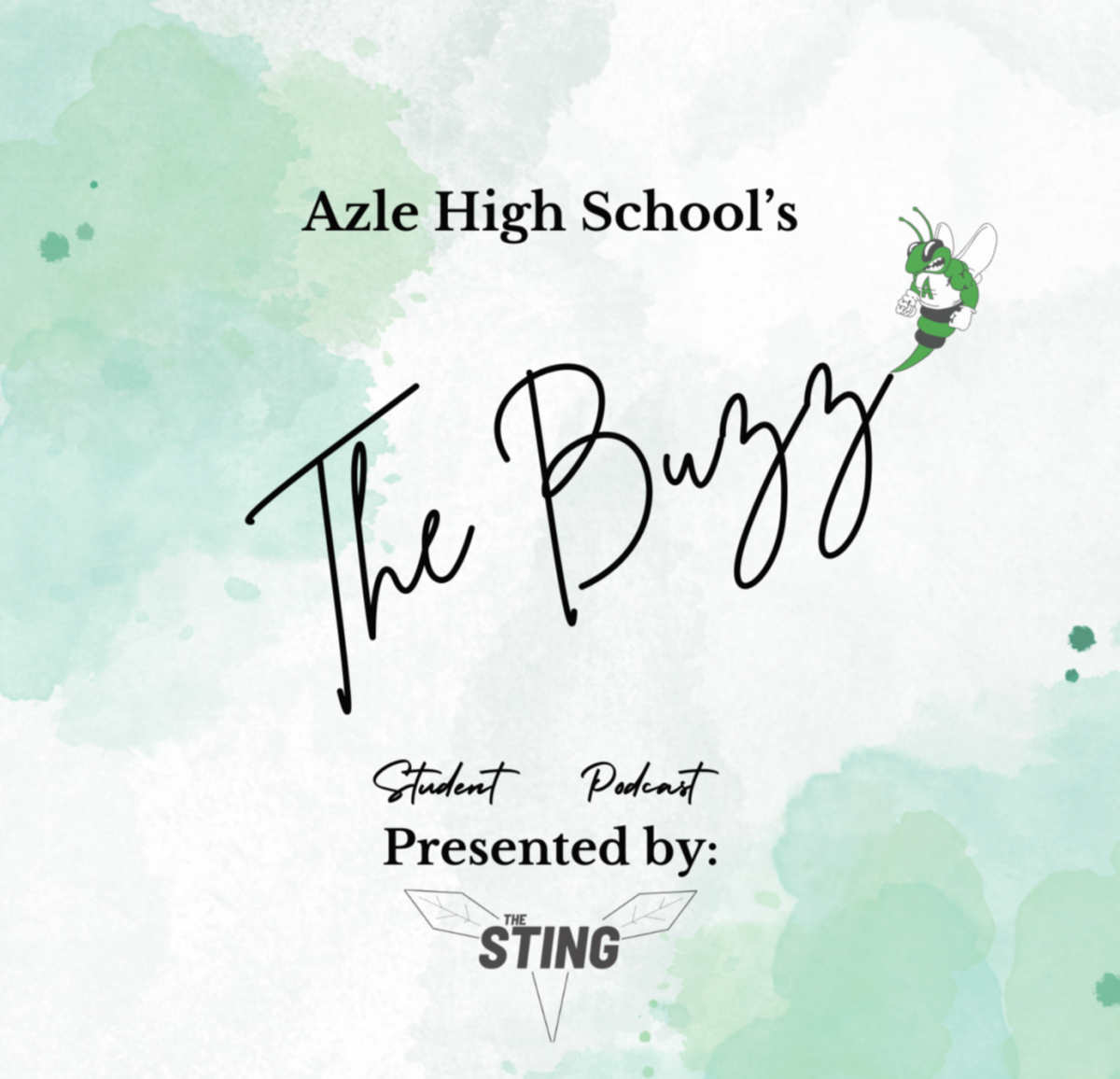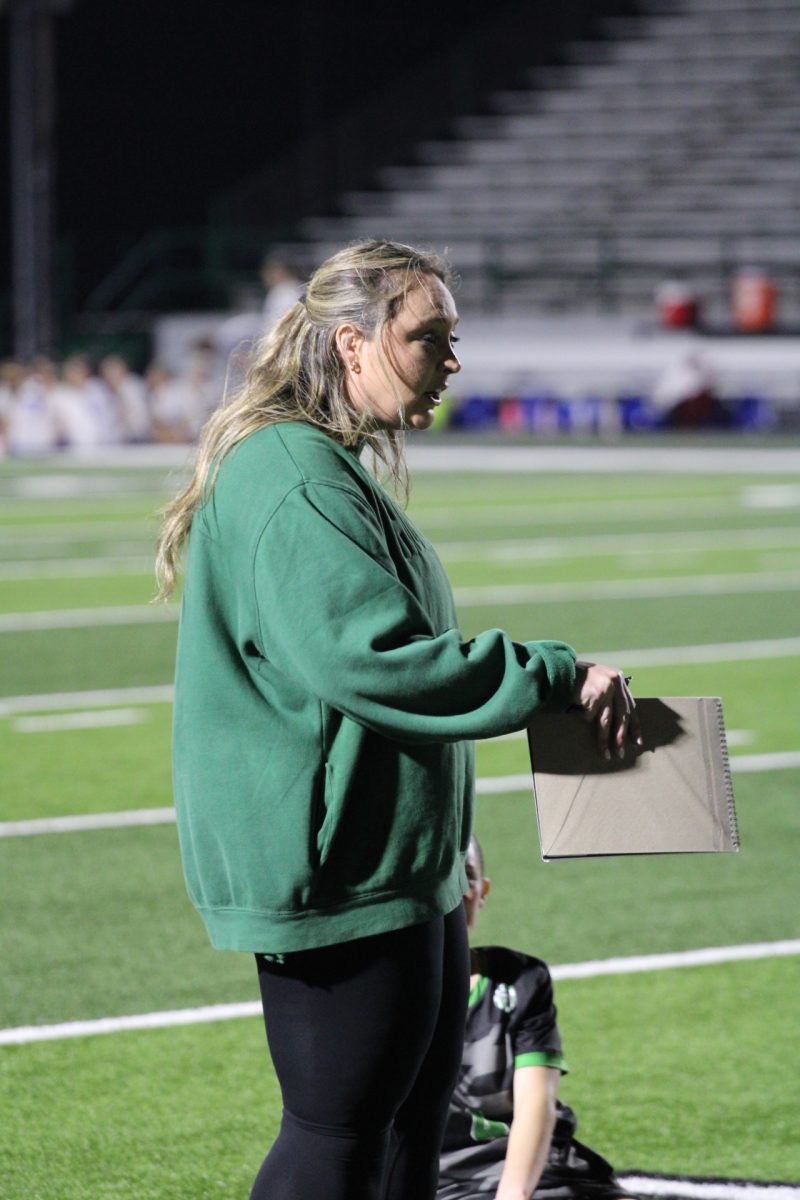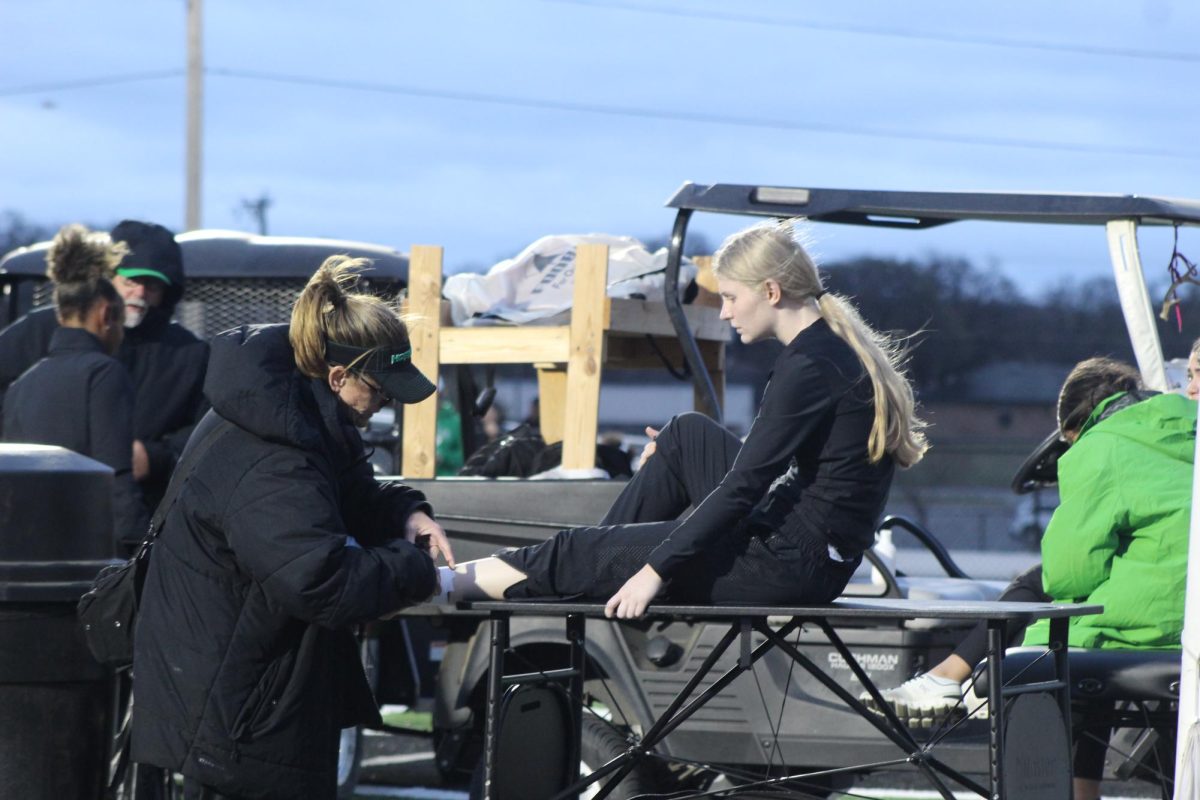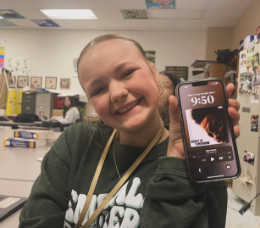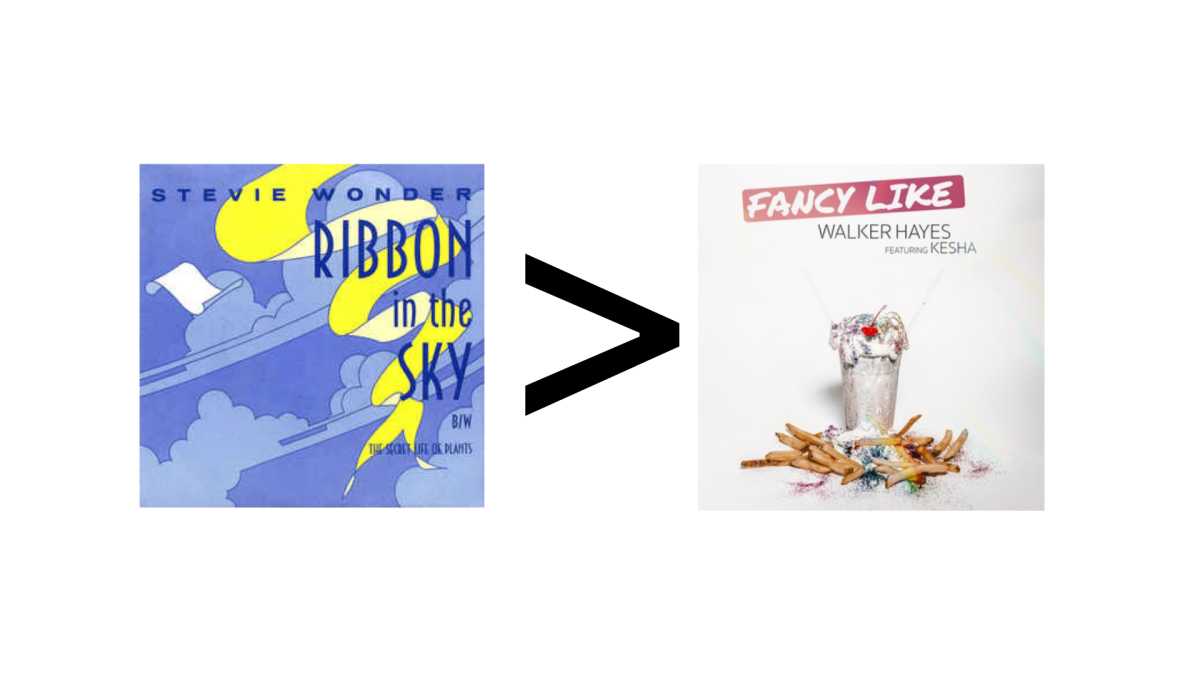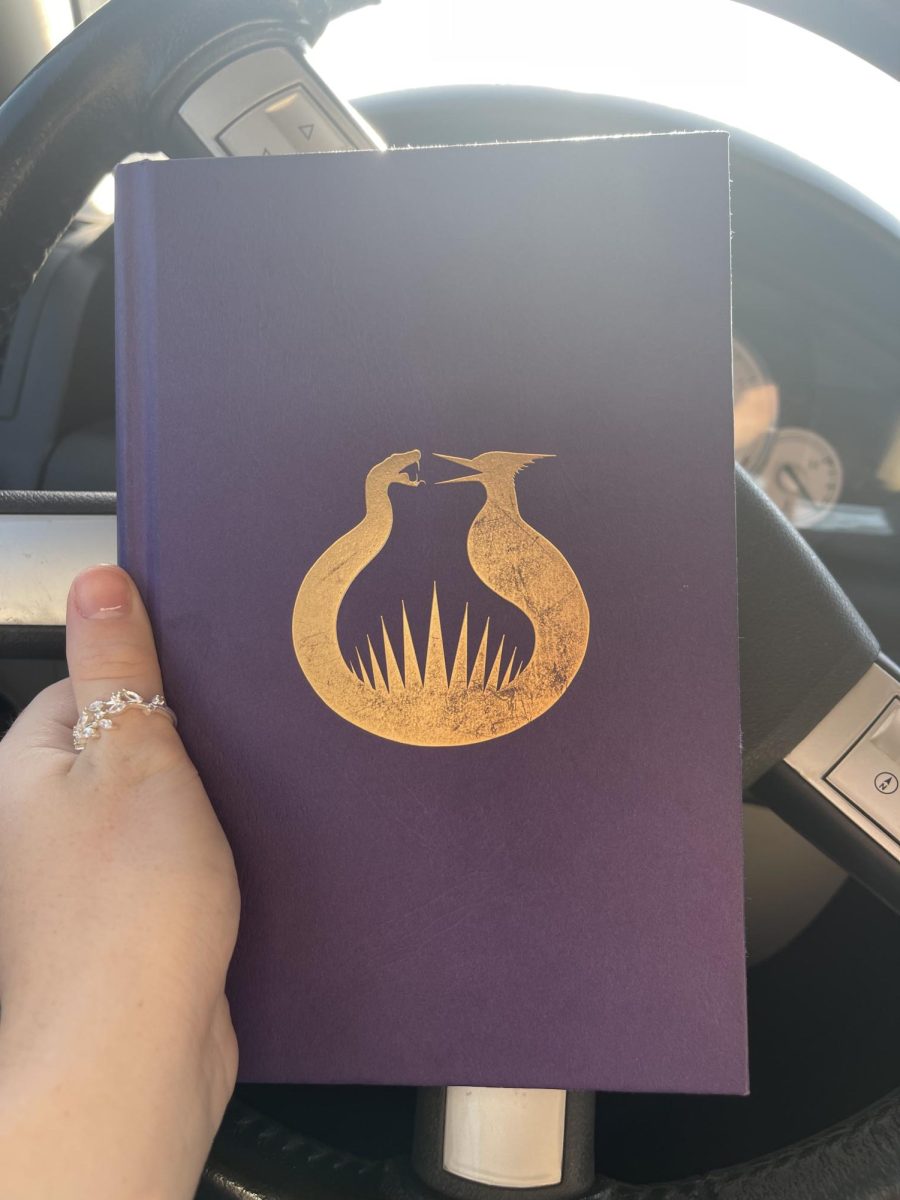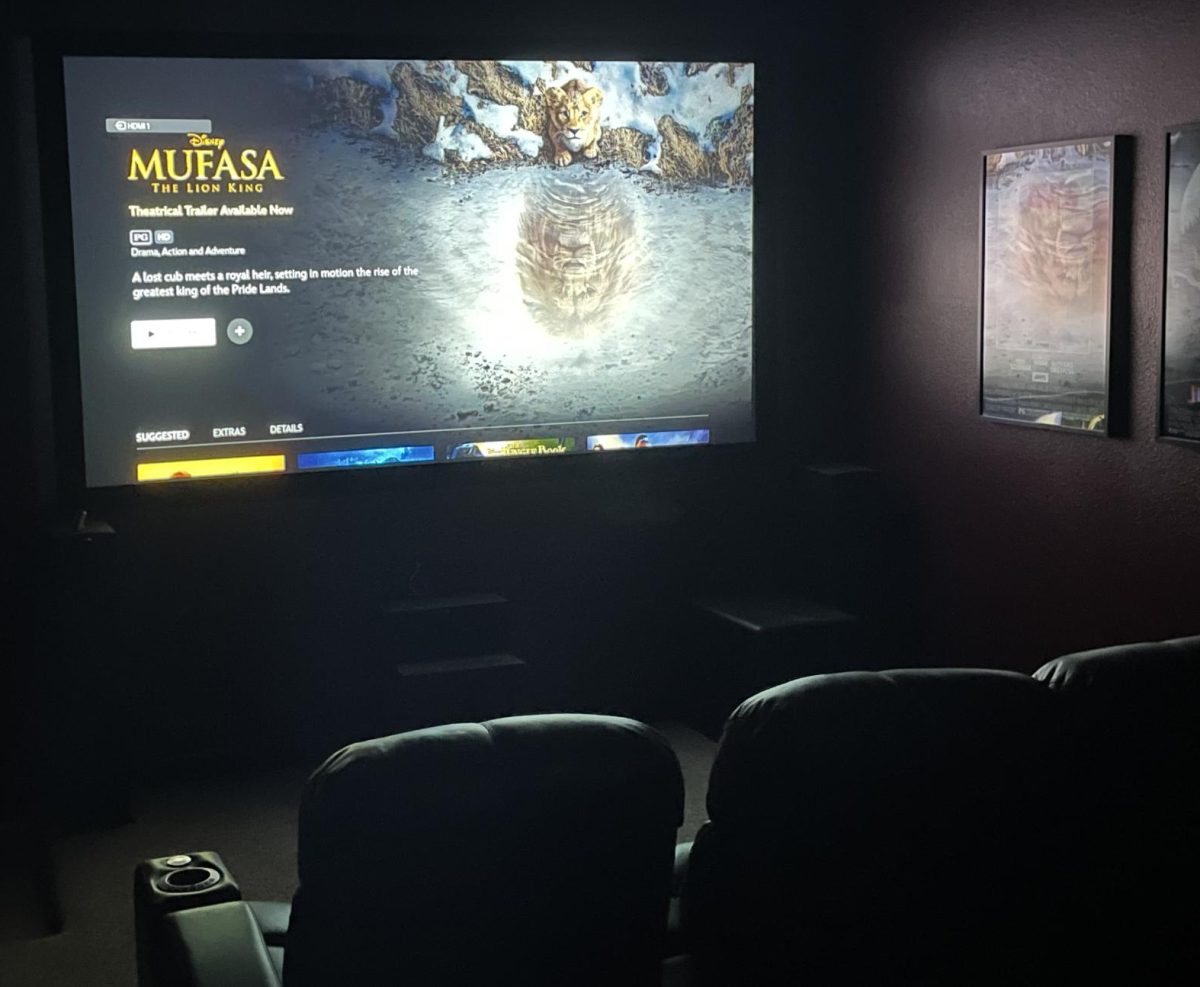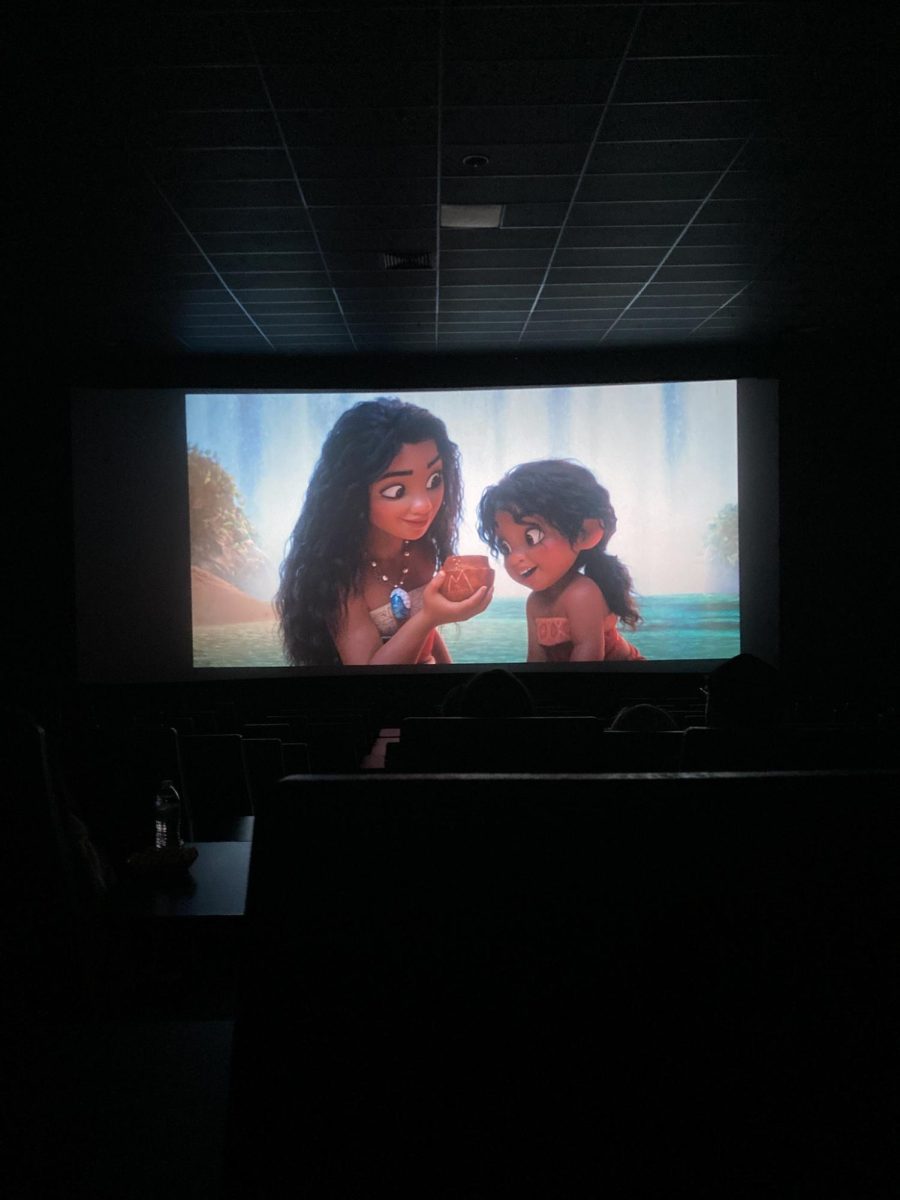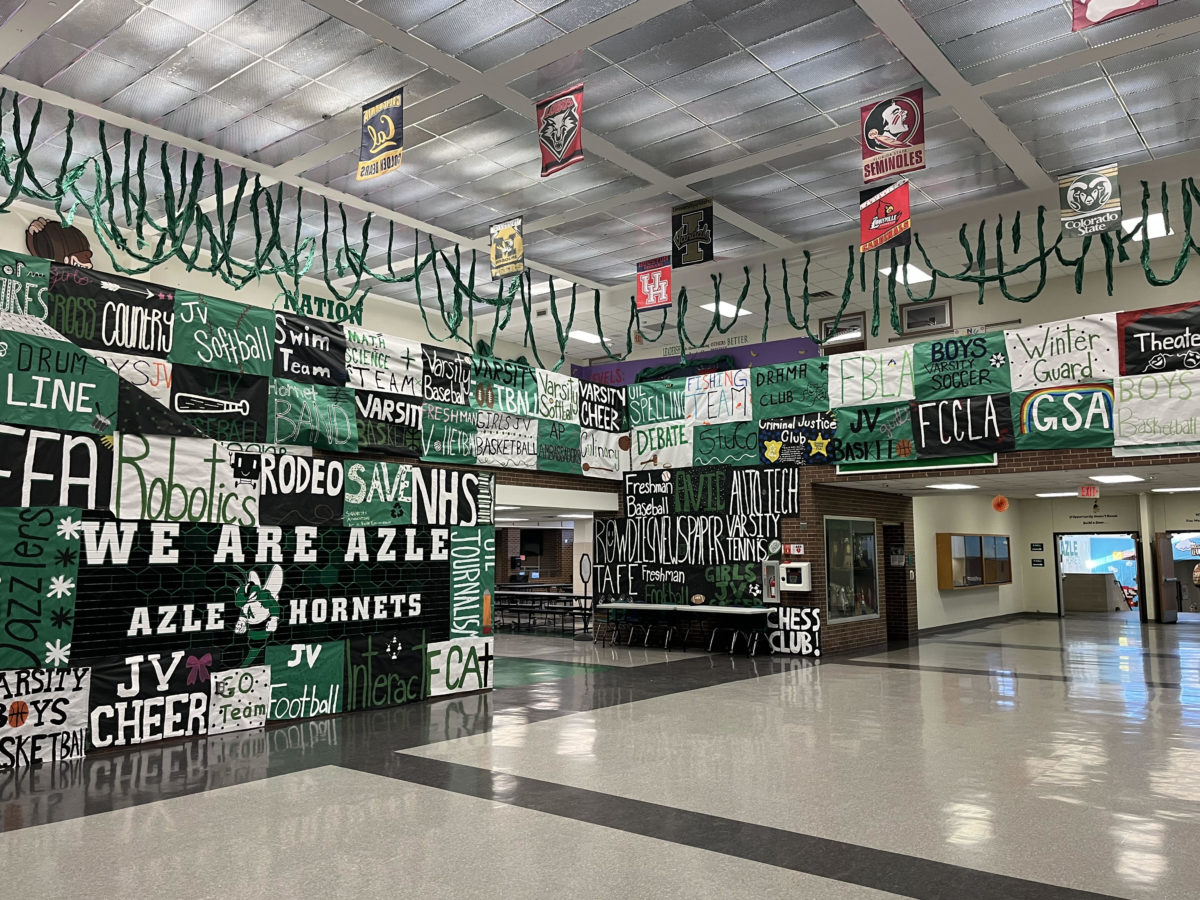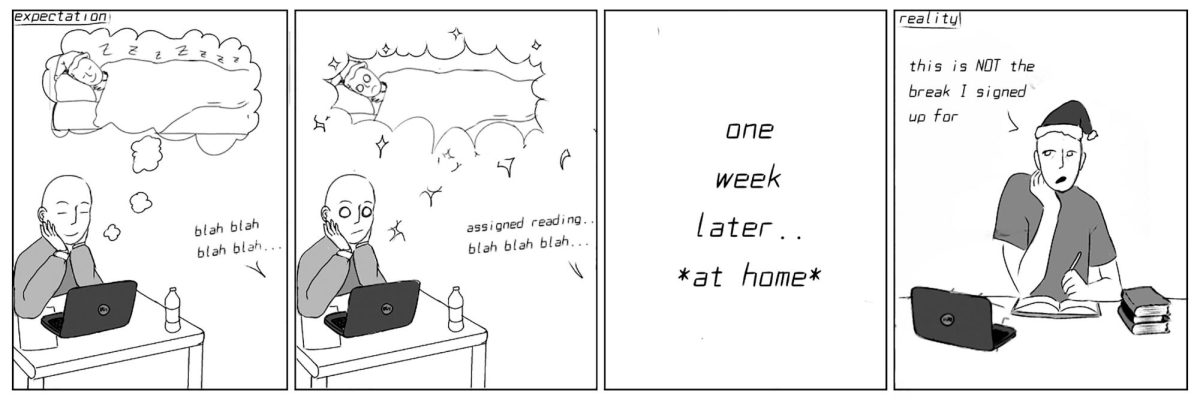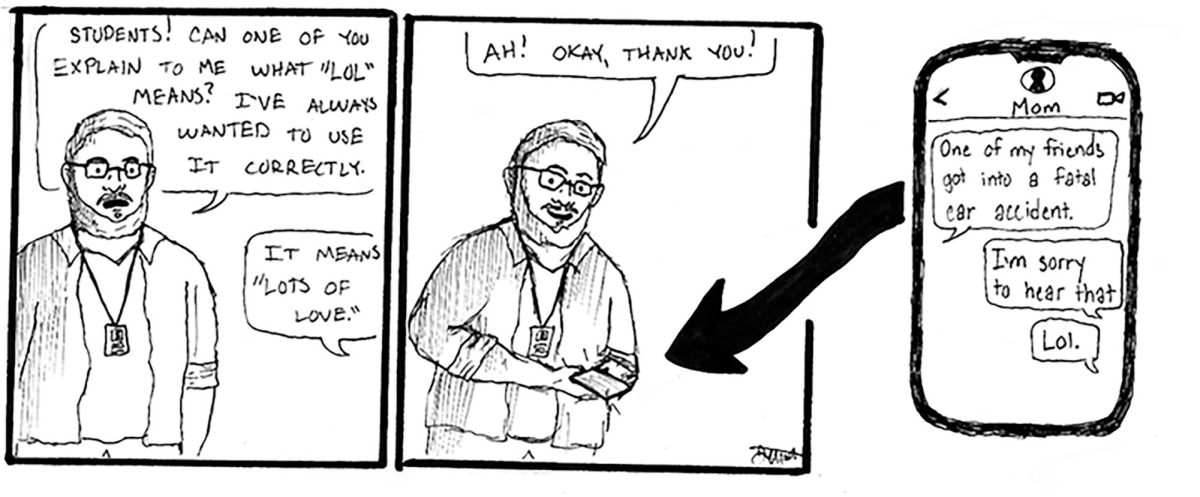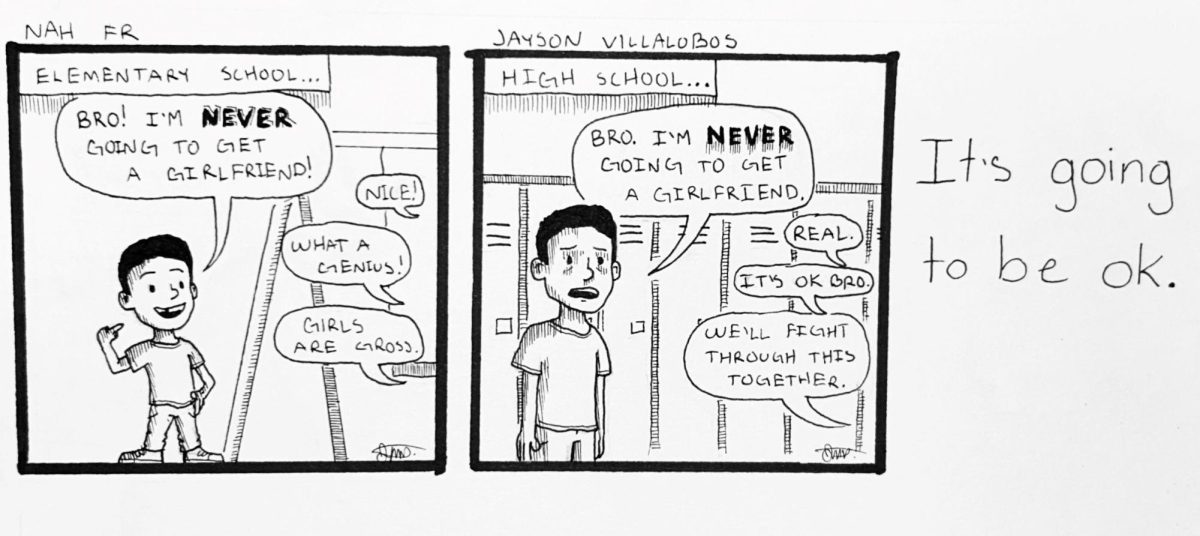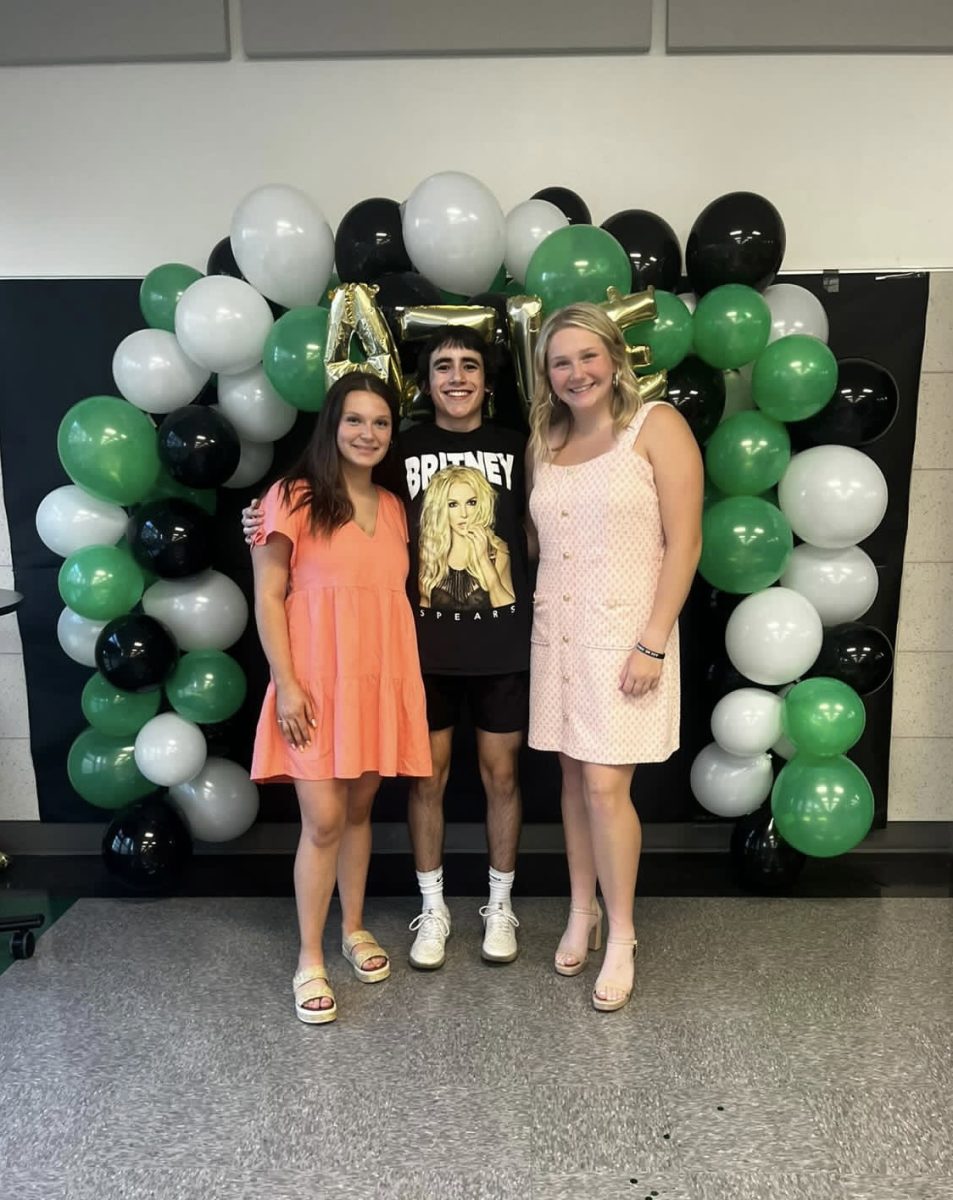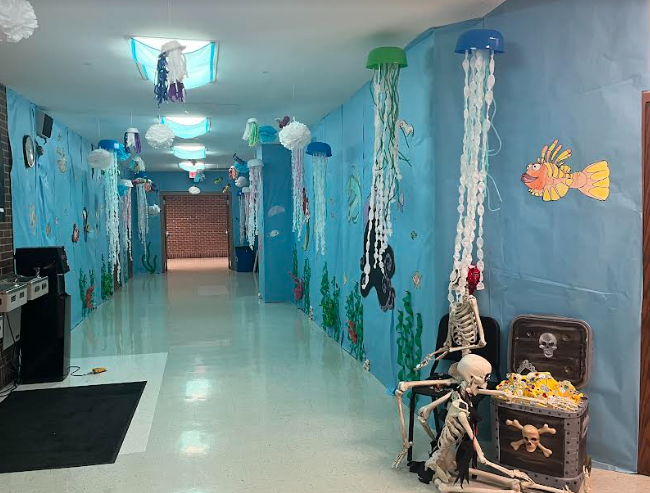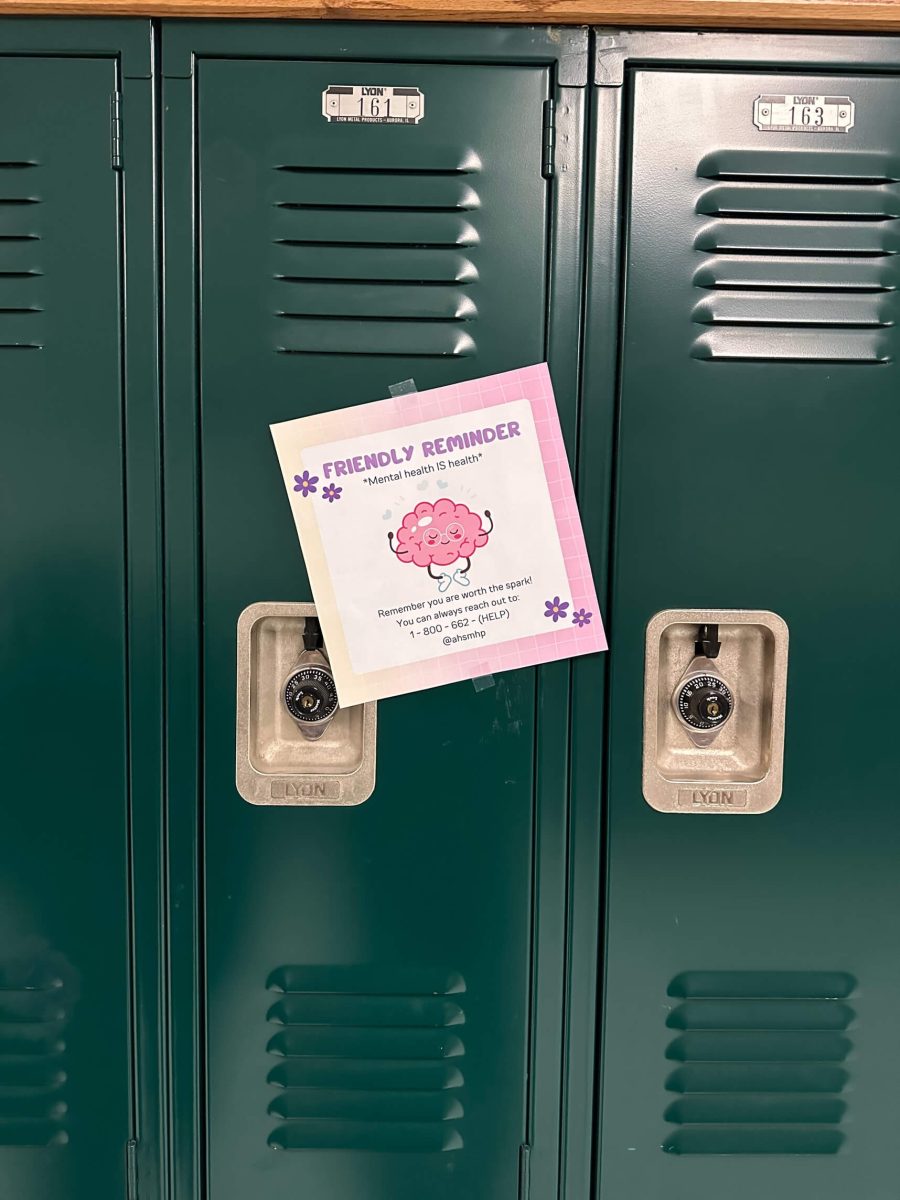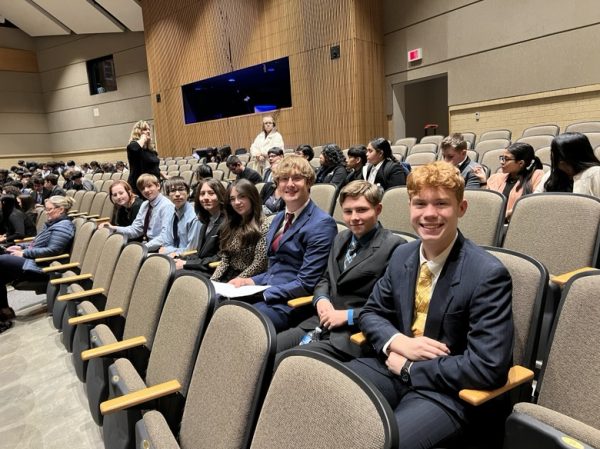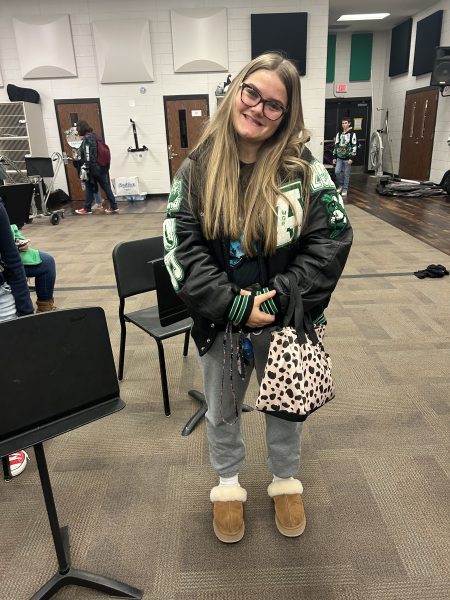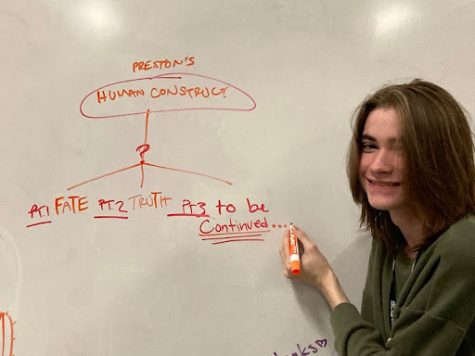The Poe-tent legacy of Edgar Allan Poe
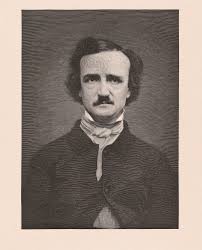
Portrait of Edgar Allan Poe
Though Halloween is far behind us, I think I speak for many people when I say I always crave the orange-leafed, pumpkin-spiced, spookiest season of the year. But, with the absence of school, a good scary piece of literature is always appreciated, and I believe that many would remember the beautiful, nightmare-fueling descriptive writing that is Edgar Allen Poe’s “Tell-Tale Heart” and the ever repeating poem “The Raven.”
Tell-Tale Heart is a short story that has a first-person point of view, with our narrator “talking” to us, trying to defend his sanity while describing how he killed his neighbor, all the while supposedly hearing the victim’s terrified heartbeat, even as the body lies dismembered beneath the floorboards. In this piece, Edgar Allen Poe exhibits the exceptional “fear factor” that many horror and thriller films of today use.
For example, Poe includes details of our narrator stalking his neighbor for a week in the middle of the night spending an hour just to slowly poke his head through the bedroom door to watch his neighbor sleep. This detail has been repeated many times throughout the history of horror films, but I believe the most recent and memorable movie would have to be Jennifer Kent’s “The Babadook”. This movie entails a recently widowed mother and her son who has a fear of the monster the Babadook, after having a strange book about the creature being found in the house.
The Babadook, in this scene, is repeating the words “Badook” to Amelia (the mother) as she is sleeping under the covers. Though, unlike our distinctive narrator, thankfully does not kill her with a mattress.
Poe also makes an intensive drive to make the reader envelope into the mind of his characters and their delve into insanity, as well as making his scenes feel dark and empty, while all the same making them moving.
Throughout the movie Megan is Missing, the directors make the shots personal, using the use of a phone and the narrative that the movie is a video diary from Amy, Megan’s best friend. Most of the shots themselves are in dark areas and uneasy settings, such as the parties Amy and Megan would attend, ultimately being depressing as Amy would try to become someone she wasn’t, and being somewhere that ultimately put her in danger; these scenes therefore had a somber undertone even though it is hidden with its lively, wild front. The final “dungeon” scene also ultimately matches the unsettling, disturbing tone of the death scene and the dismemberment scene in “Tell-Tale Heart”.
Our antagonist, a kidnapper under the false name of Josh, manipulating Amy while she is stuck with him in the final dungeon scene also shows evidence of “The Raven’s” taunting. Though, instead of Amy losing her sanity like the centered character of “The Raven” (who is all the while discussing and mourning the loss of his wife Lenore with a raven and loses his sanity by the its repetitive response of ‘Nevermore’), Amy is instead promised the the loss of freedom and life.
Poe’s strategies of writing, though iconic and memorable on its own, have had a long lasting effect on today’s pop culture and how society views the most effective way to get into someone’s head and slowly unravel what makes them uncomfortable or afraid and recompose it into art.

Hi, I'm Erika! I'm a senior, and including our journalism team, I am involved with Chapters of Azle, UIL Journalism, the National Honors Society, and the...






